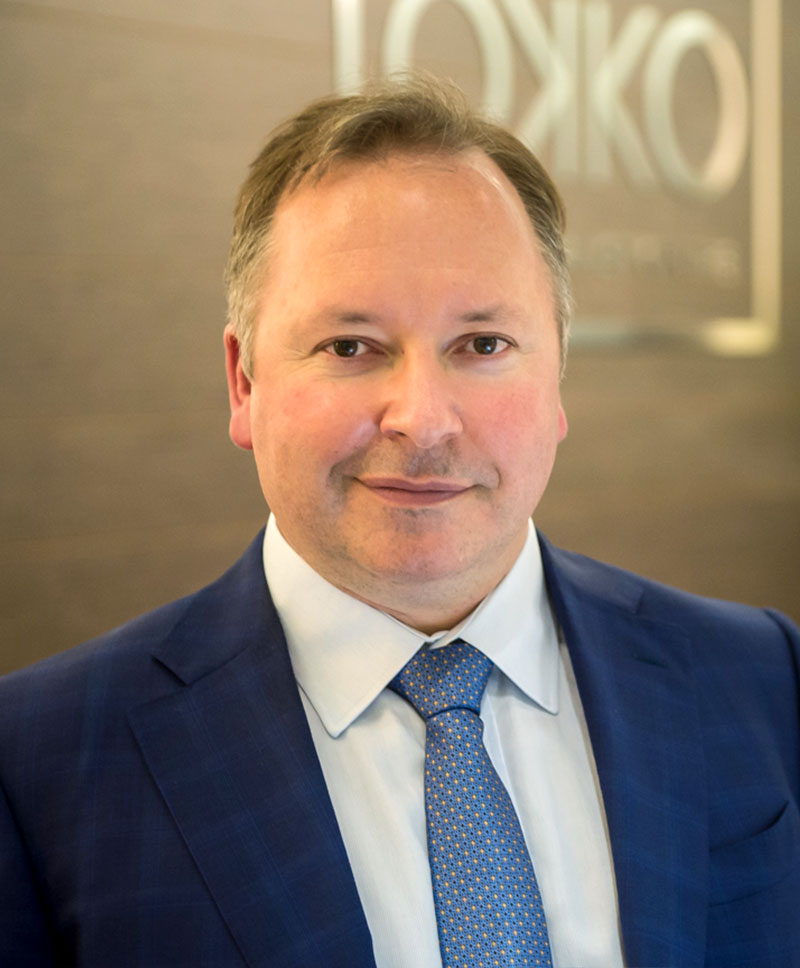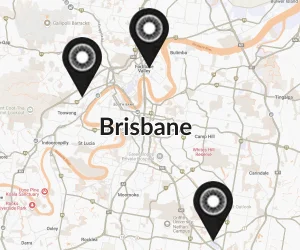
What you should know about PRK surgery for myopia
If you're nearsighted (have myopia) and tired of relying on glasses or contact lenses, you may be looking into laser eye procedures. Photorefractive keratectomy (PRK) is one option that may help you see clearly again. It’s a safe and proven treatment that’s helped many people reduce their dependence on glasses.
In this blog, we’ll walk you through what PRK surgery for myopia involves, who it’s suited for, and what you can expect before, during and after the procedure. We’ll also help you understand how PRK compares to LASIK. And if you’re considering it yourself, we encourage you to take our suitability self-test.
You can also learn about how this surgery is approved for service members in our recent blog on PRK surgery navy and find general information on PRK at our PRK surgery Brisbane page.
Can PRK correct myopia?
Yes. PRK is a laser eye procedure used to correct myopia (nearsightedness), as well as astigmatism. It works by reshaping the cornea (the clear front part of your eye) so light can focus properly on the retina.
If you have myopia, objects in the distance appear blurry because light entering your eye focuses in front of your retina instead of directly on it. PRK flattens the cornea slightly, shifting the focus point backward onto the retina, helping you see clearly.
How PRK surgery for myopia works
PRK stands for photorefractive keratectomy. It's a type of laser eye surgery that was developed before LASIK. While LASIK involves creating a flap in the cornea, PRK does not. Instead, the outer layer of the cornea (called the epithelium) is gently removed before the laser is applied to reshape the underlying tissue.
Because there’s no flap, PRK is a better option for people with thinner corneas or those who may be at higher risk for flap-related complications (such as athletes, military personnel, or anyone in a physically demanding job).
What to expect during PRK surgery for myopia
PRK is usually done in a clinic and takes only about 10 minutes per eye. Here’s what happens:
- Your eye is numbed with drops
- The epithelium (outer surface layer) is gently removed
- A cool excimer laser reshapes your cornea based on your unique prescription
- A soft contact lens is placed over your eye as a bandage.
The procedure itself is painless. You can go home the same day, but you will need someone to drive you.
What to expect after PRK Surgery: Recovery and results
Unlike LASIK, the recovery from PRK takes a bit longer. That’s because your epithelium needs time to grow back.
Here’s a typical timeline:
- First few days: Eyes may feel gritty or sore, and vision is blurry
- 1 week: The bandage lens is removed, and comfort improves
- 2-4 weeks: Vision begins to stabilise
- 3-6 months: Final results are typically reached.
During this time, you’ll use medicated drops and may be asked to wear sunglasses to protect your healing eyes.
Many people achieve 20/20 vision or better after PRK, though results can vary. Your ophthalmologist will explain what’s realistic based on your eyes.
Photorefractive Keratectomy (PRK) vs LASIK: Which is right for myopia?
PRK and LASIK are both effective options for correcting myopia. The main differences come down to how they’re performed and how long they take to heal.
| Feature | PRK | LASIK |
| Corneal flap | No | Yes |
| Recovery time | Longer (days to weeks) | Faster (1-2 days) |
| Risk of flap issues | None | Slight |
| Ideal for | Thinner corneas, contact sports | Thicker corneas |
Your surgeon will help determine which option is best for your needs, lifestyle, and eye health.
Who are good candidates for PRK surgery for myopia?
You may be a good candidate for PRK if:
- You are over 18
- Your prescription has been stable for at least 12 months
- You have healthy eyes with no corneal disease or infection
- You have a lifestyle that could benefit from a flap-free procedure (e.g., you play contact sports or work in defence)
- Your corneas are too thin for LASIK.
An initial consultation is the best way to find out what’s right for you.
Consultation tips for patients considering PRK surgery for myopia
During your consultation, your surgeon will:
- Examine your eye health
- Measure your cornea and pupil
- Discuss your vision needs and lifestyle
- Answer your questions about risks, recovery, and outcomes.
Ask about:
- The experience of your surgeon
- What to expect during recovery
- How often you’ll need follow-up visits
- Whether you might need glasses afterwards.
It’s important that you feel informed and supported before choosing surgery.
Which surgery is best for high myopia?
PRK can be used to treat mild to moderate levels of myopia. For people with high myopia, the right solution depends on several factors, including:
- Corneal thickness
- Eye shape
- Overall eye health.
In some cases, a different type of vision correction (such as phakic IOLs or lens replacement) may be better suited.
Your surgeon will explain your options and help tailor a treatment plan that aligns with your long-term goals.
PRK is a trusted laser eye surgery that has helped thousands of people with myopia reduce their need for glasses. It uses a flap-free, surface-based approach that makes it suitable for people who aren’t ideal candidates for LASIK.
Although recovery takes longer, the results are often just as good. And for the right person, it can mean long-term freedom from blurry distance vision.
Wondering if PRK might be right for you?
ARE YOU SUITABLE?
Check your laser eye surgery suitability online with our free LASIK self-test
OUR MOST POPULAR PROCEDURES
Another header 2 goes here
Lorem ipsum lorem ipsum lorem ipsum lorem ipsum lorem ipsum lorem ipsum lorem ipsum lorem ipsum lorem ipsum lorem ipsum lorem ipsum lorem ipsum lorem ipsum lorem ipsum lorem.
Pull quote goes here in this style - we need to use pull quotes a lot to break up the text into bite sized chunks.
Dolor lipsum lorem ipsum lorem ipsum lorem ipsum lorem ipsum lorem ipsum lorem ipsum lorem ipsum lorem ipsum lorem ipsum lorem ipsum lorem ipsum lorem ipsum lorem ipsum lorem ipsum lorem ipsum lorem ipsum
Lorem ipsum lorem ipsum lorem ipsum lorem ipsum lorem ipsum lorem ipsum lorem ipsum.
Header 3 goes here
Lorem ipsum lorem ipsum lorem ipsum lorem ipsum lorem ipsum lorem ipsum lorem ipsum lorem ipsum lorem ipsum lorem ipsum lorem ipsum lorem ipsum lorem ipsum lorem ipsum lorem ipsum lorem ipsum lorem ipsum lorem ipsum lorem ipsum lorem ipsum lorem ipsum lorem ipsum lorem ipsum lorem ipsum.
If you would like to learn more about laser eye surgery in Brisbane and understand which treatment could free you from glasses or contact lenses, then please contact one of our laser vision professionals.
Found this post useful? Please share!

Hi, I’m Dr. Matthew Russell, a laser and cataract surgeon
HI I’M DR. MATTHEW RUSSELL A LASER EYE AND CATARACT SURGEON
With over 15 years of experience, I enjoy the privilege of helping patients of all ages reclaim clear vision or preserve it for as long as possible.
Vision correction and high-precision cataract surgery hinge on the expertise and skill set of the provider who also has access to the most precise tools for the job. Ophthalmic surgeons like me know how to make treatment safe, comfortable and positive for the patient. They know how to minimise the risk of complications and maximise successful outcomes.
I have a passion for helping my patients enjoy the clear, high-definition vision they need to live rich and active lives. Now, I have hand-picked a team of professionals that share my passion and commitment to exceptional care.
Dr. Matthew Russell
MBChB, FRANZCO








